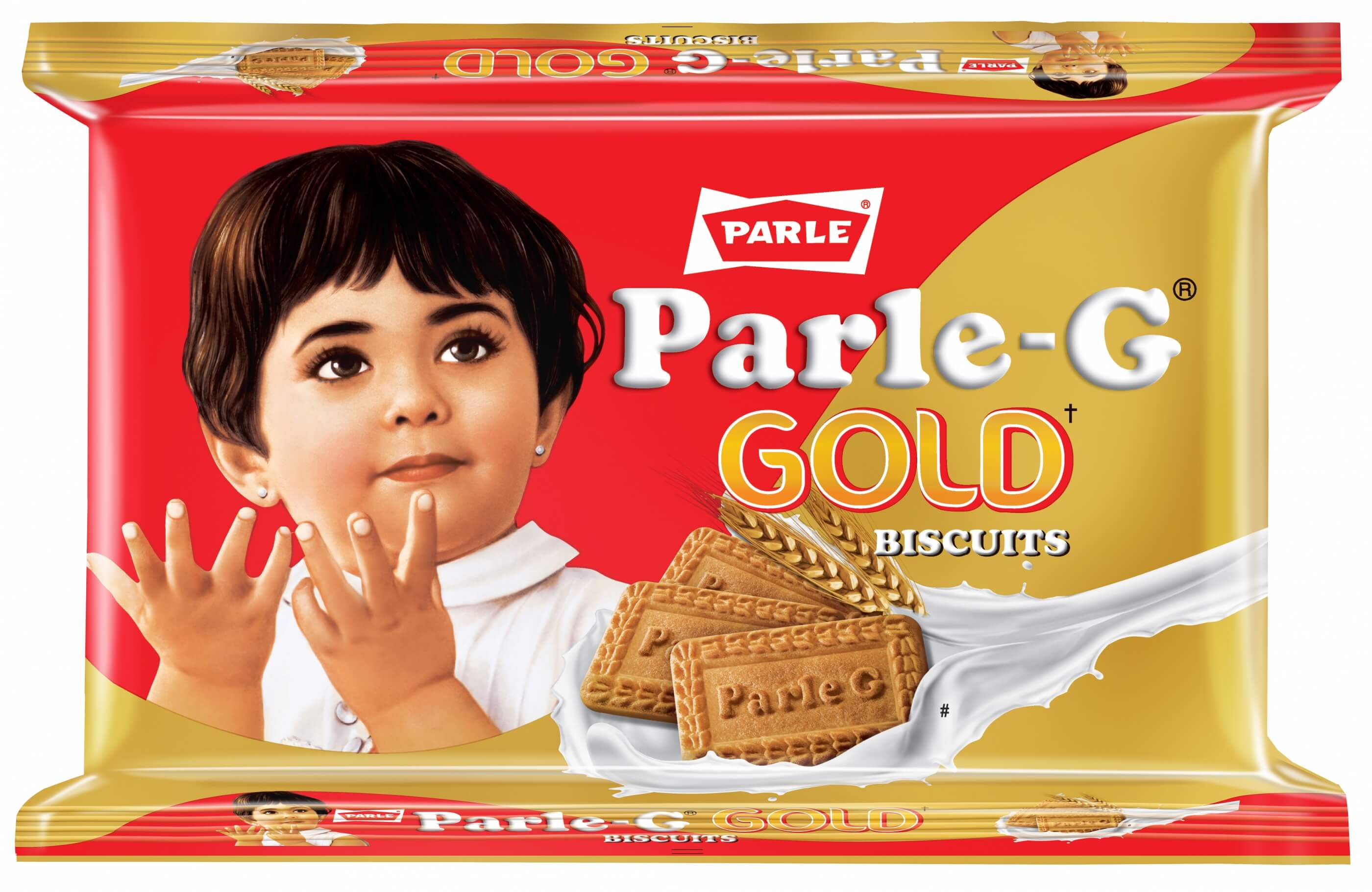

It was then that Parle Gluco started feeling the heat, even smaller players would imitate the pack and carry the suffix of 'glucose' in their names. Kapadia recalls that in 1960, Britannia launched its first glucose biscuit brand, Glucose D, later endorsed by Amjad Khan's Sholay avatar, Gabbar Singh in the 1970s. Biscuits then would first mean glucose biscuits." Kamal Kapadia, who worked at Parle for 32 years and left as CEO, Bengaluru project, in 2004, says, "There were many local manufacturers in the early years, mostly cottage industries.

Britannia, then based out of Calcutta (Kolkata now), was strong in the east, while Glaxo glucose biscuit, also imported, ruled over the south.
#Parle g biscuit cracker
Launched as an affordable source of nourishment (it underlined the calories in a pack at one time) to counter expensive, imported biscuits in the British Raj such as Jacob's (cream cracker of United Biscuits) and those of erstwhile large biscuit maker, Huntly & Palmers. Parle G, as we know it today, has grown to be bigger than any other biscuit brand in the world by carrying forward the same positioning from the thirties, perfected over the years with a resourceful knack for scale and self-sufficiency. Parle had to manufacture military-grade biscuits for British soldiers right after, but ensured that it could manufacture the nutritional Parle G for the common masses. Parle G was born as Parle Gluco a decade later, even as the bugle for World War II was sounded. Parle Products was established in 1929 to manufacture confectionery such as boiled sweets, after the promoter family, the Chauhans, bought a decrepit factory. The company makes 400 million of those a day. A result of the busy ovens at the first factory of Parle Products baking a batch of the world's largest biscuit brand, Parle G.

There is a spot where the warm aroma of fresh baking catches hold of anyone travelling in a Mumbai local train enroute Andheri and further north.


 0 kommentar(er)
0 kommentar(er)
